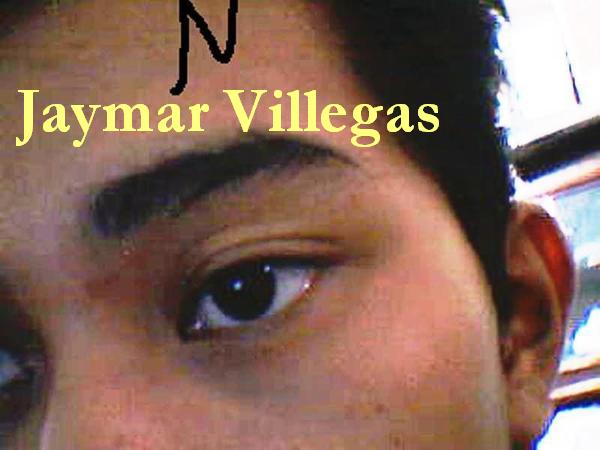PASYON /PABASA/ SEMANA SANTA




The Pasyon and the Filipino Experience
Among the most popular forms of literature, music and drama, during the Spanish times, were the various renditions and versions of the Passion, Death and Resurrection of Christ, or the Pasyon Ni Kristo.
The first Tagalog pasyon or poetic rendition of Christ's life appeared in 1704. So popular was it that it had a fifth edition in 1760. Its author, Gaspar Aquino de Belen, was an indio layman who worked in the Jesuit press in Manila. Though he used a 17th century Spanish passion as a model, de Belen's work is fully grounded in local traditions.
Anonymous versions of the pasyon began appearing in 1804. Spanish friars decried the presence of a few "heresies" in the pasyon as well its "profane" use in indio festivals and social gatherings, death and courtship rituals included. This shows that by the end of the 18th century, the pasyon had become a true social epic of the Tagalogs and probably other lowland Christian groups as well. In the 19th century, a native priest named Mariano Pilapil made "corrections" to various illicit versions and produced the most popular version of the text called Pasyon Pilapil or Pasyon Henesis.
There are two directions in which the pasyon may have altered popular consciousness.
It has been persuasively argued that the pasyon simply affirms prevailing social structure and its values. After all the pasyon drama was usually performed in the local churchyard, with the Spanish friar's blessing, and often with the financial support of the local gentry. In the pasyon there is much weeping among the characters. The virtue of meekness and resignation to suffering, rather than the confrontation of oppression, seems to have been encouraged. This is particularly true of the portions titled aral or lesson, which preach the fulfillment of conventional Christian duties and the acceptance of things as they are, because reward is forthcoming in heaven.
But the aral portions have little or nothing to do with the inexorable flow of the story; in fact, they stand out as obvious commentaries by friar censors anxious to draw to their advantage the enormous popularity of the pasyon. Problems are caused by our looking at images of meekness, suffering, and lamentation I Filipino society from an upper class, "Westernized" perspective. Taken metaphorically, these images may, in fact, represent inner power and mutual empathy among members of an association.
Note that the pasyon continually reminds the audience that social status based on wealth and education has no real value. What do these do to the loob, the "inner being", which is widely regarded as the focus of a person's true worth?
The pasyon may be a dying ritual today, but its imprint in the popular consciousness remains. Given the kind of popular culture that has developed and persisted over the last few centuries, it is hardly surprising that masses of people from all walks of life almost instinctively offered damay - even momentarily - for this new pasyon figure.
The PasyonThe Pasyon refers to the verse narrative on the life and sufferings of Jesus Christ. The pasyon text may be written in Tagalog or in other major Philippine languages, like Pampango, Ilocano, Pangasinan, Bicol, Ilongo, Cebuano, and Waray. There are also pasyon narrative among the Ibanag and Itawes of Cagayan, the Gaddang of Nueva Vizcaya, and the Cuyunon of Palawan. Among the Tagalog, the most commonly used text is entitled Casaysayan ng pasiong mahal ni Jesucristong Panginoon natin na sucat ipag-alab ng puso ng sinumang babasa (An account of the sacred passion of our Lord Jesus Christ which should inflame the heart of anyone who reads it), which is one of the many later editions of a work by an unknown writer first published in 1814.
Continuous singing of this length is not practiced in the Spanish and Mexican lenten traditions. It relates to the Philippine cultural practice connected with epic singing during important celebrations of the community. The pasyon may also be chanted, though rarely now, during wakes and death anniversaries, as well as during the reenactment of Christ's Last Supper on Holy Thursday evening. There are various melodies and musical styles in the rendering of the pasyon.
Because the text is in 5-line stanzas while melodic phrases tend to be symmetrical, various techniques are employed to reconcile the difference. In a widely used, old Tagalog punto, the first musical phrase encompasses lines 1 and 2, while the second musical phrase covers lines 3, 4, and 5. In adapting folk song melodies or similar tunes, a four-phrase melody is first sung for lines 1 to 4, which is repeated to render lines 2 to 5. Another formula makes a four-phrase melody coincide with lines 1 to 4 and appends a stock melody or standard melodic ending for line five. Generally, pasyon singing is a capella.






